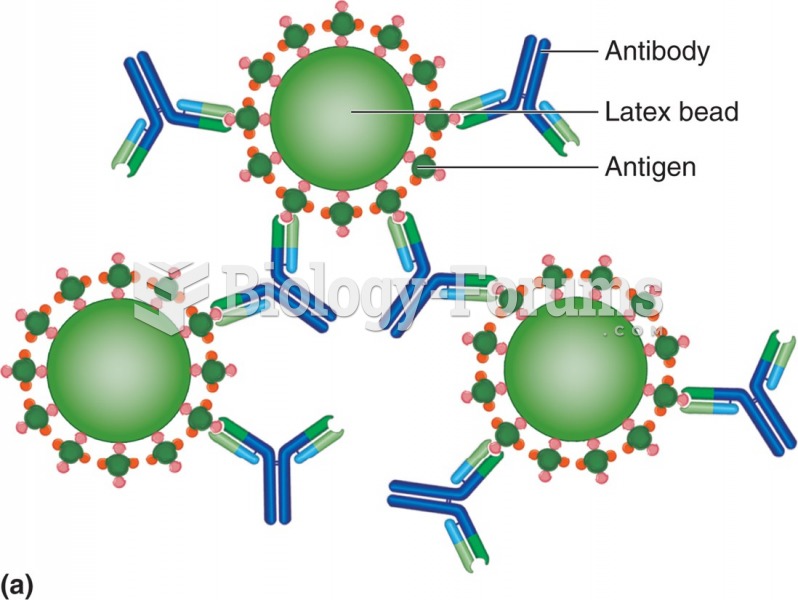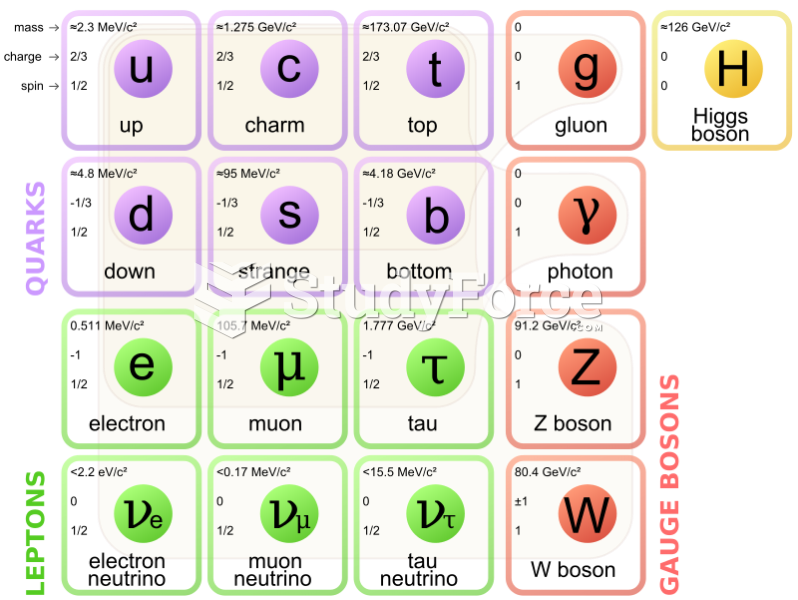|
|
|
Chronic marijuana use can damage the white blood cells and reduce the immune system's ability to respond to disease by as much as 40%. Without a strong immune system, the body is vulnerable to all kinds of degenerative and infectious diseases.
The effects of organophosphate poisoning are referred to by using the abbreviations “SLUD” or “SLUDGE,” It stands for: salivation, lacrimation, urination, defecation, GI upset, and emesis.
After 5 years of being diagnosed with rheumatoid arthritis, one every three patients will no longer be able to work.
There are actually 60 minerals, 16 vitamins, 12 essential amino acids, and three essential fatty acids that your body needs every day.
There are major differences in the metabolism of morphine and the illegal drug heroin. Morphine mostly produces its CNS effects through m-receptors, and at k- and d-receptors. Heroin has a slight affinity for opiate receptors. Most of its actions are due to metabolism to active metabolites (6-acetylmorphine, morphine, and morphine-6-glucuronide).
 An agglutination reaction. Antigen-coated latex beads are held together by antibody. In a direct ...
An agglutination reaction. Antigen-coated latex beads are held together by antibody. In a direct ...
 A reverse passive agglutination reaction. The antibody is bound to the particles, and antigen in the ...
A reverse passive agglutination reaction. The antibody is bound to the particles, and antigen in the ...





